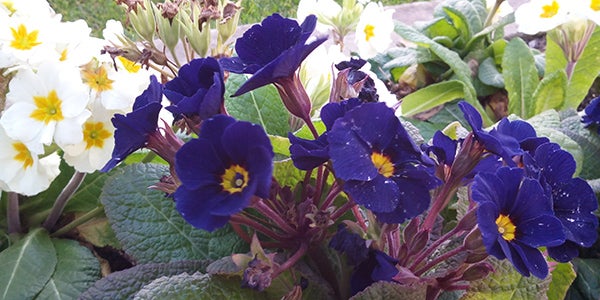Karbonn Sparkle V Review - Camera Review
Camera
The first of the Android One phones breaks out in the UK

Sections
- Page 1 Karbonn Sparkle V Review
- Page 2 Software and Performance Review
- Page 3 Camera Review
- Page 4 Battery Life and Verdict Review
Karbonn Sparkle V – Camera
The camera and display tend to be the areas where cheap phones make compromises, and the Sparkle V is no different on that front. There’s a modest setup here, with a 5-megapixel main sensor, an LED flash and autofocus. Up front is a 2-megapixel sensor for selfie and video chat duty, which is a nice inclusion as it’s a feature that doesn’t always make the cut on low-end handsets.
Before you can even take a photo, however, you need to have a microSD card installed. That’s because images are captured on the external storage and, if you attempt to take a photo without it, a message will pop up inside the camera app prompting you to get a microSD card.
Taking photos is done from the stock Google Photos app. Swiping left from the screen reveals the shooting modes, which include 360-degree Photo Sphere, Panorama, a fiddly Bokeh-style Lens Blur and the traditional camera or video modes. To adjust flash, or switch camera modes, you can simply tap the small setting icon in the top corner. The app is initially fiddly to use, but keeping things basic is definitely a good thing here.

For image quality, the Sparkle V produces photos that are acceptable for sharing on Twitter and Facebook, but it’s wishful thinking that you’ll get anything more rewarding. As the images below show, there’s a decent amount of image noise to contend with, even in well-lit conditions. The lack of sharpness around the edges of buildings and objects in the foreground really illustrate the lacklustre results. Colours are not tremendously punchy either and the slow shutter speed means shots can often look out of focus.



When it comes to nighttime shooting, the Sparkle V also struggles. As the landscape shot below illustrates, images can still suffer from so heavy image noise and can look very overexposed. Handling light sources is a problem here as well and without having the kind of image stabilization you get on more expensive phones, keeping things steady and in focus is a tall order.

You can also shoot video with both sensors. With the main you’re able to record at a maximum of 1080p HD and the front at 720p HD. You probably won’t want to, though, if we’re being honest. Footage is generally a grainy, jittery mess that no one is going to want to see.
How we test phones
We test every mobile phone we review thoroughly. We use industry standard tests to compare features properly and we use the phone as our main device over the review period. We’ll always tell you what we find and we never, ever, accept money to review a product.


